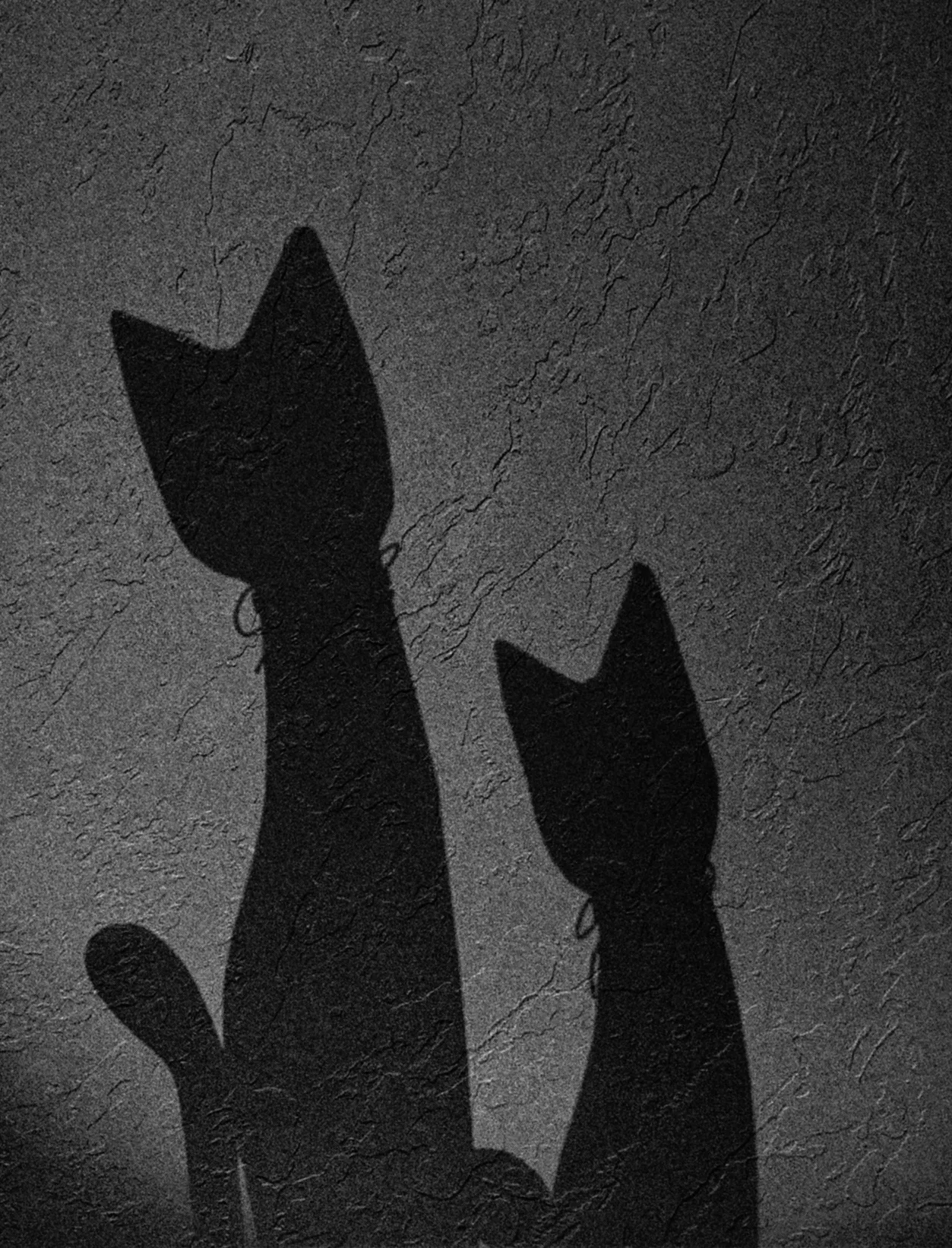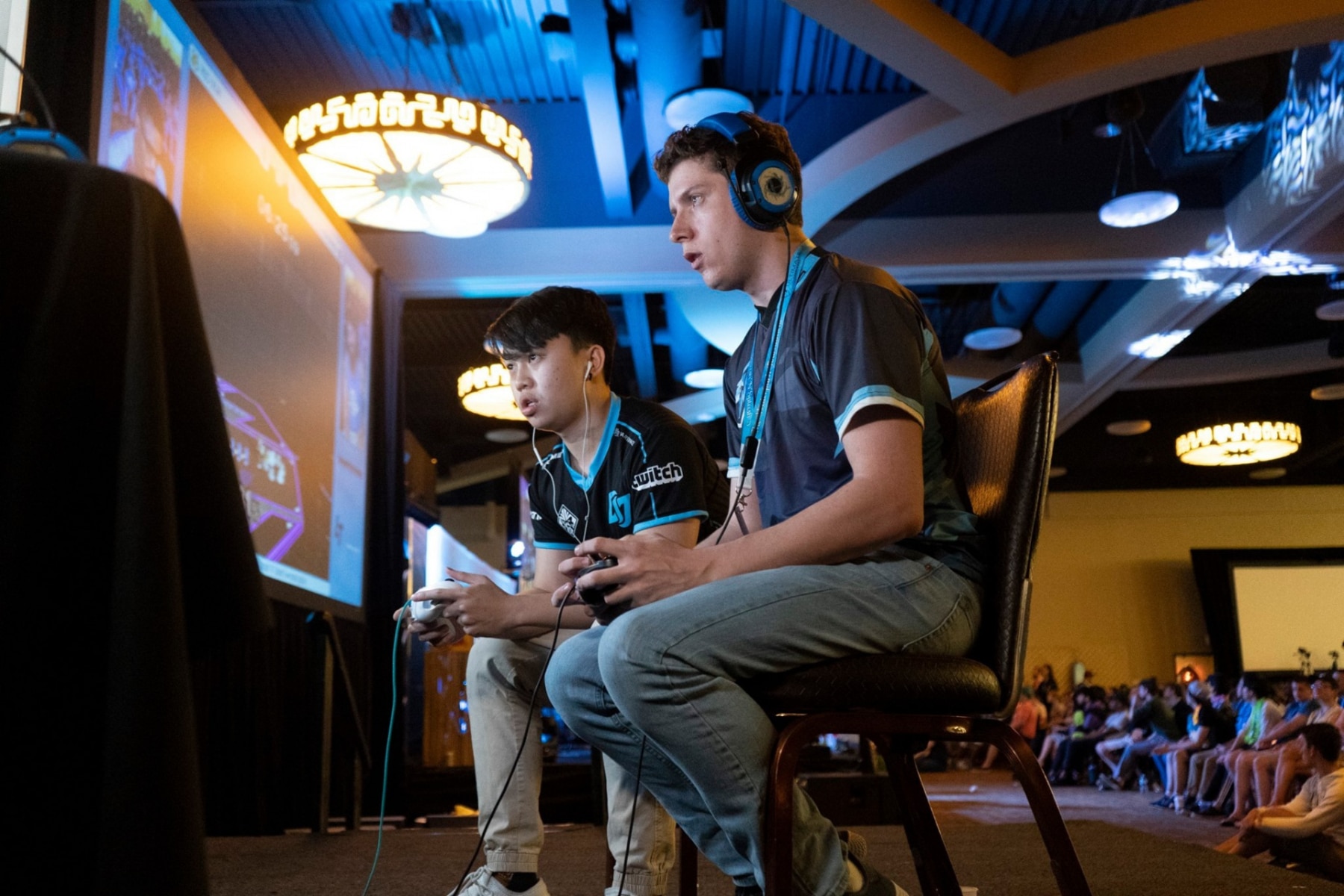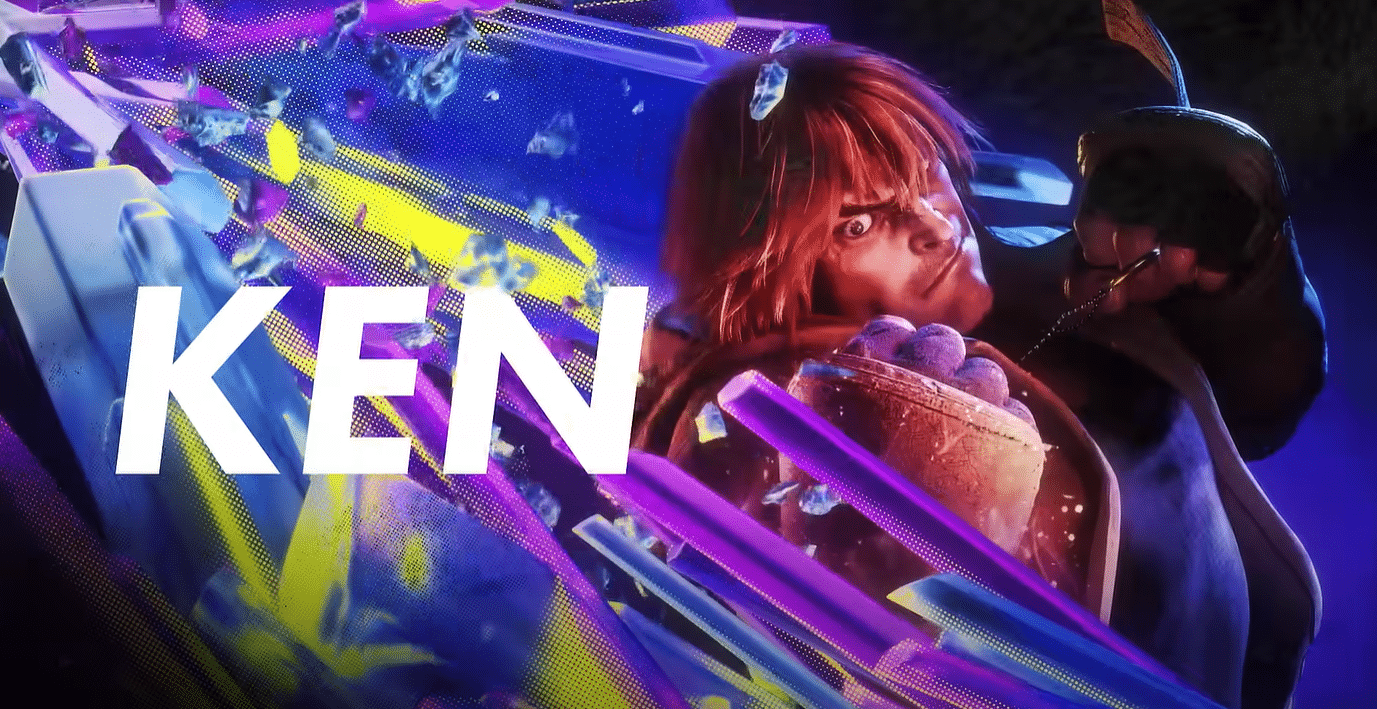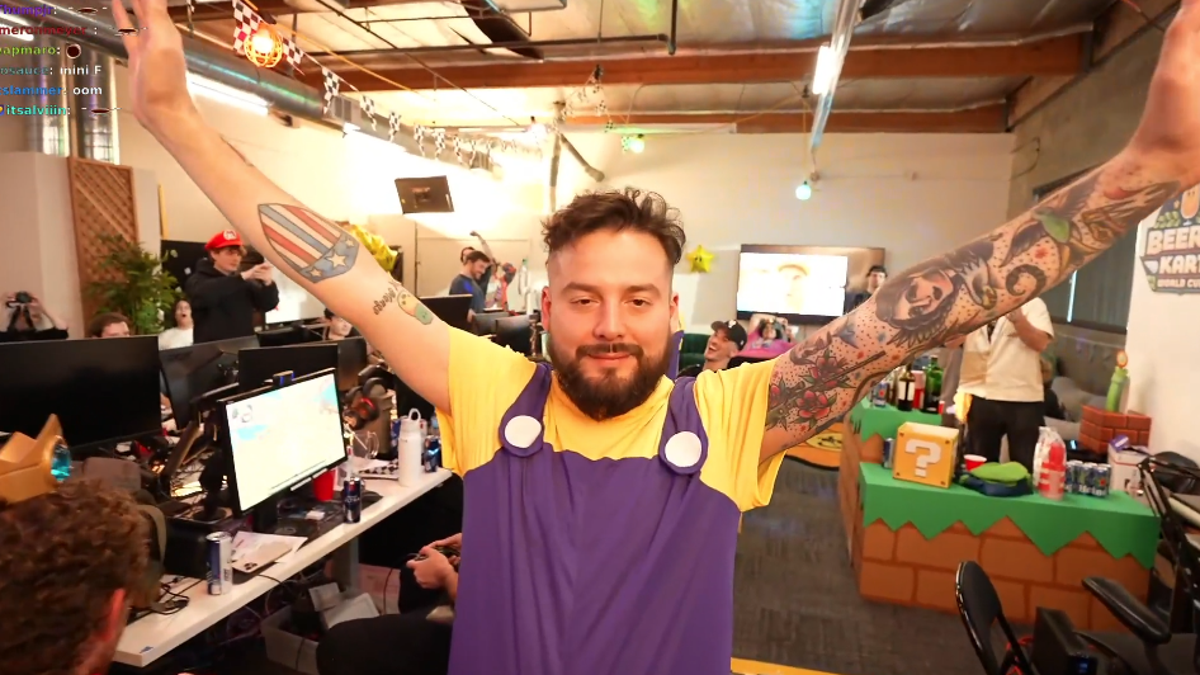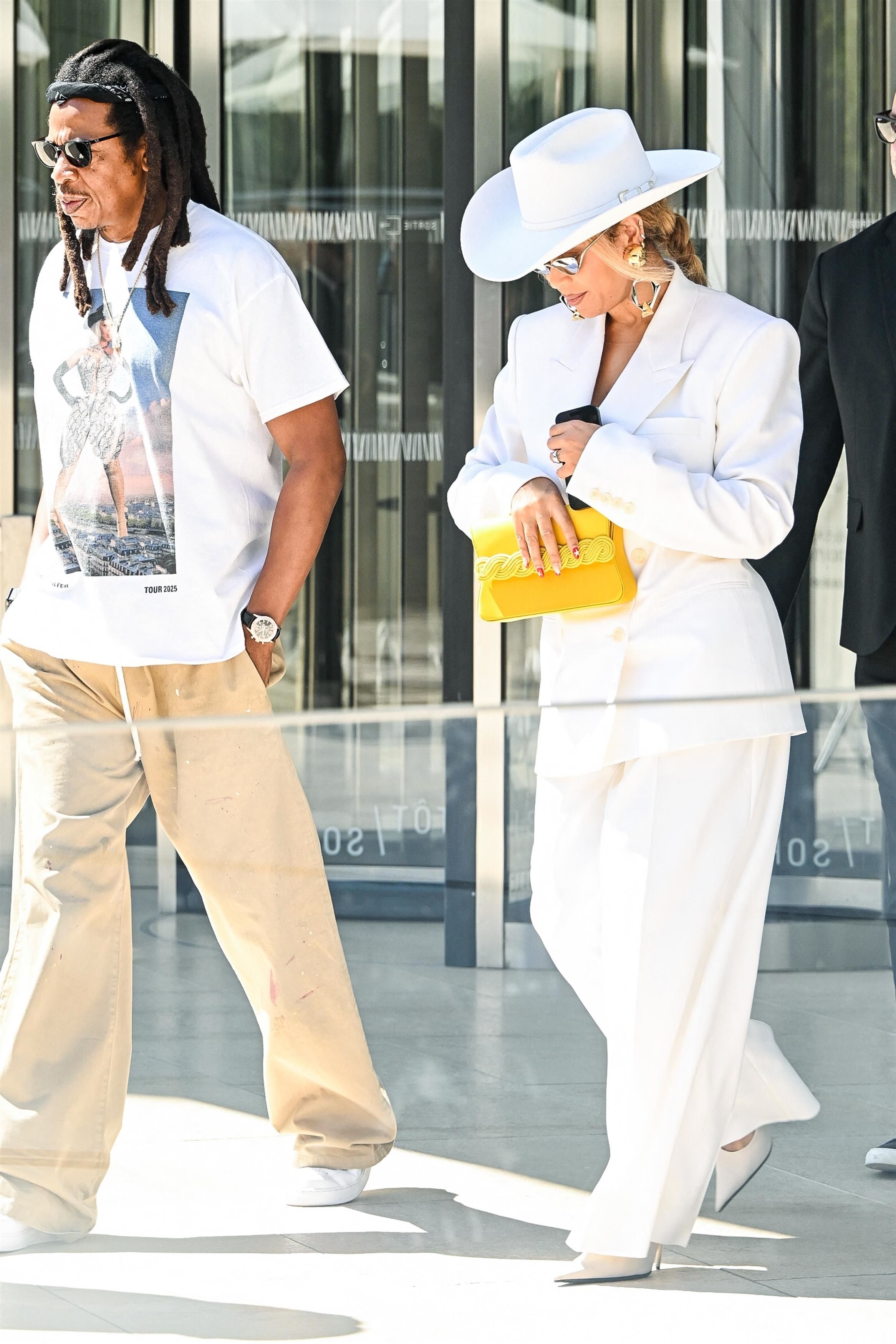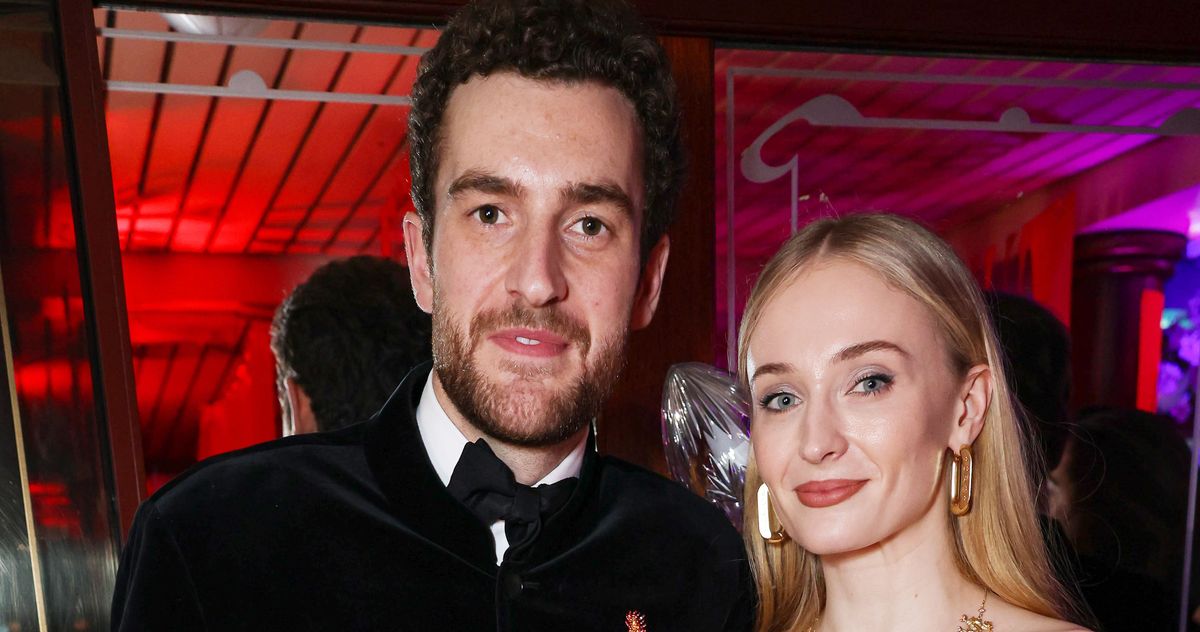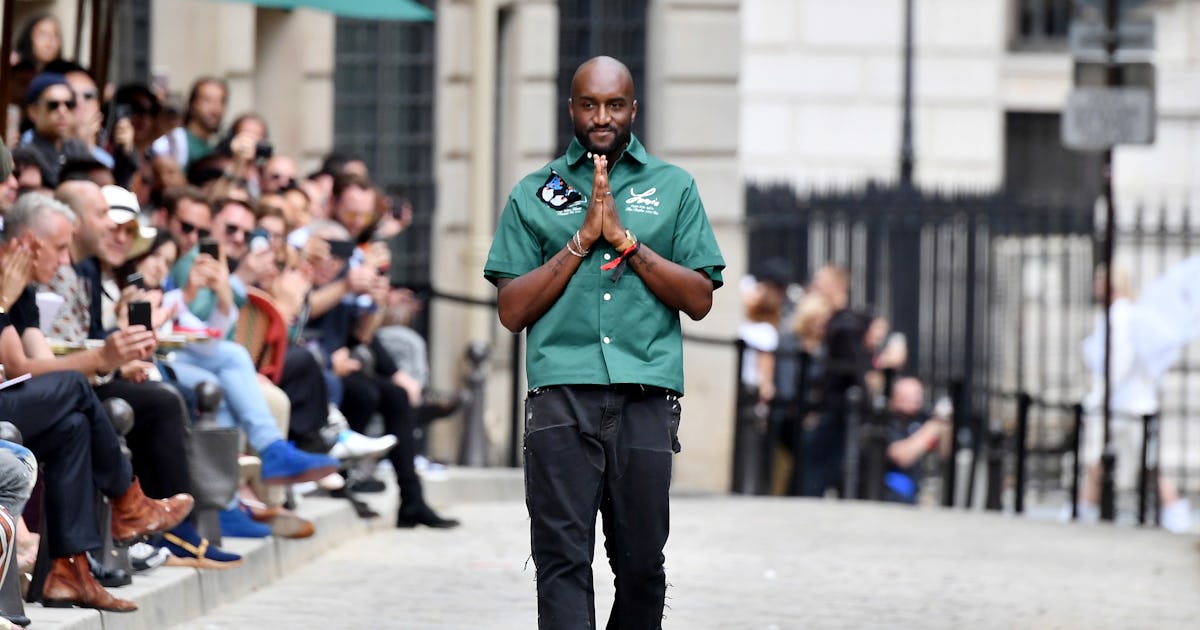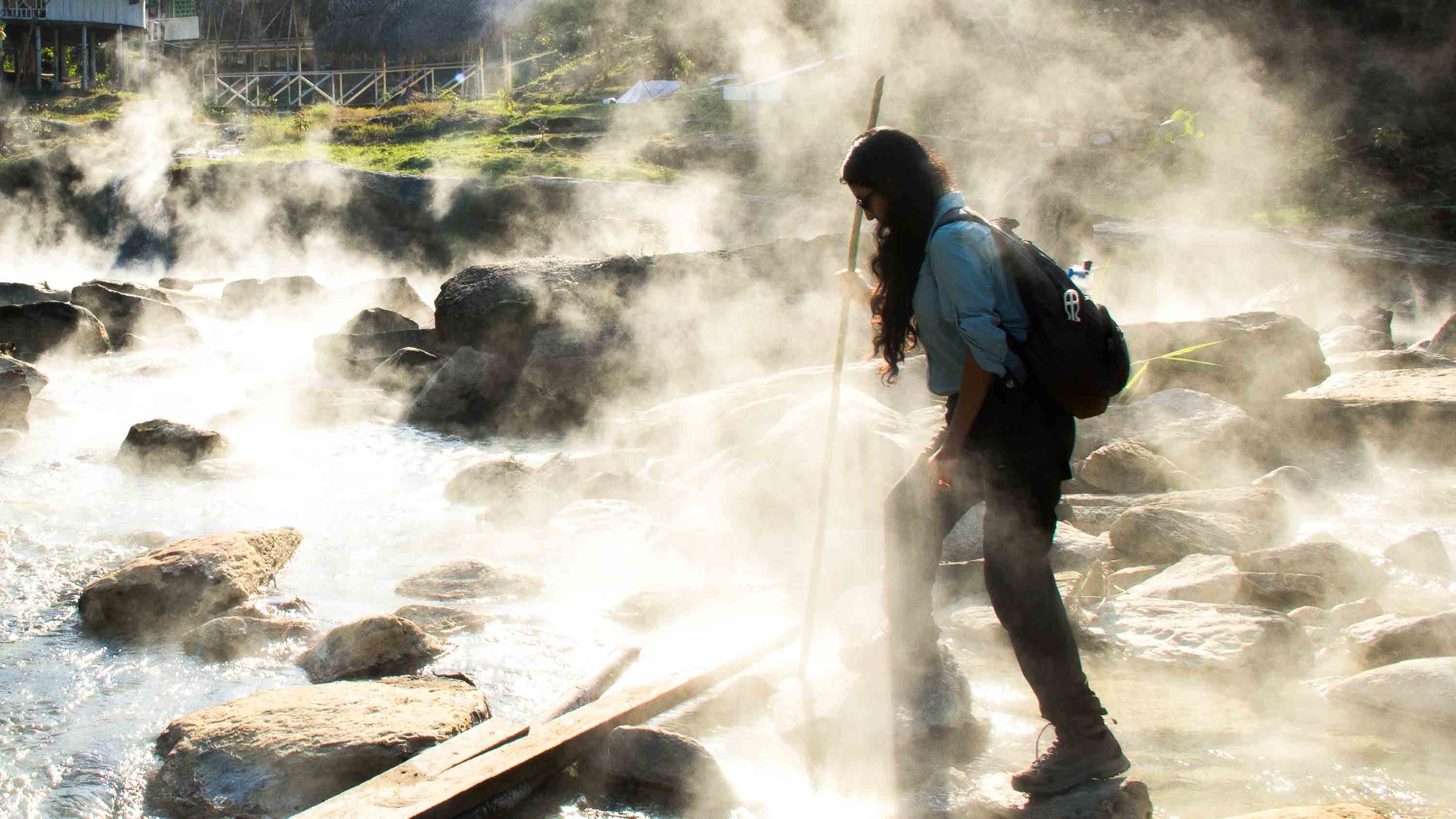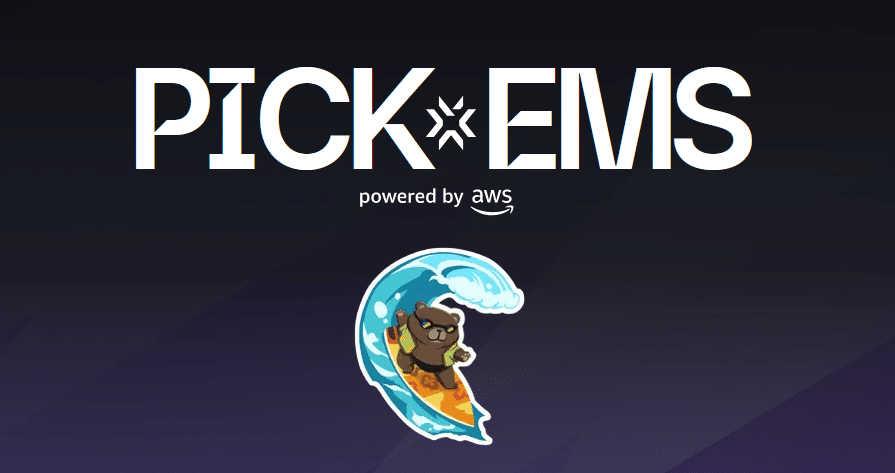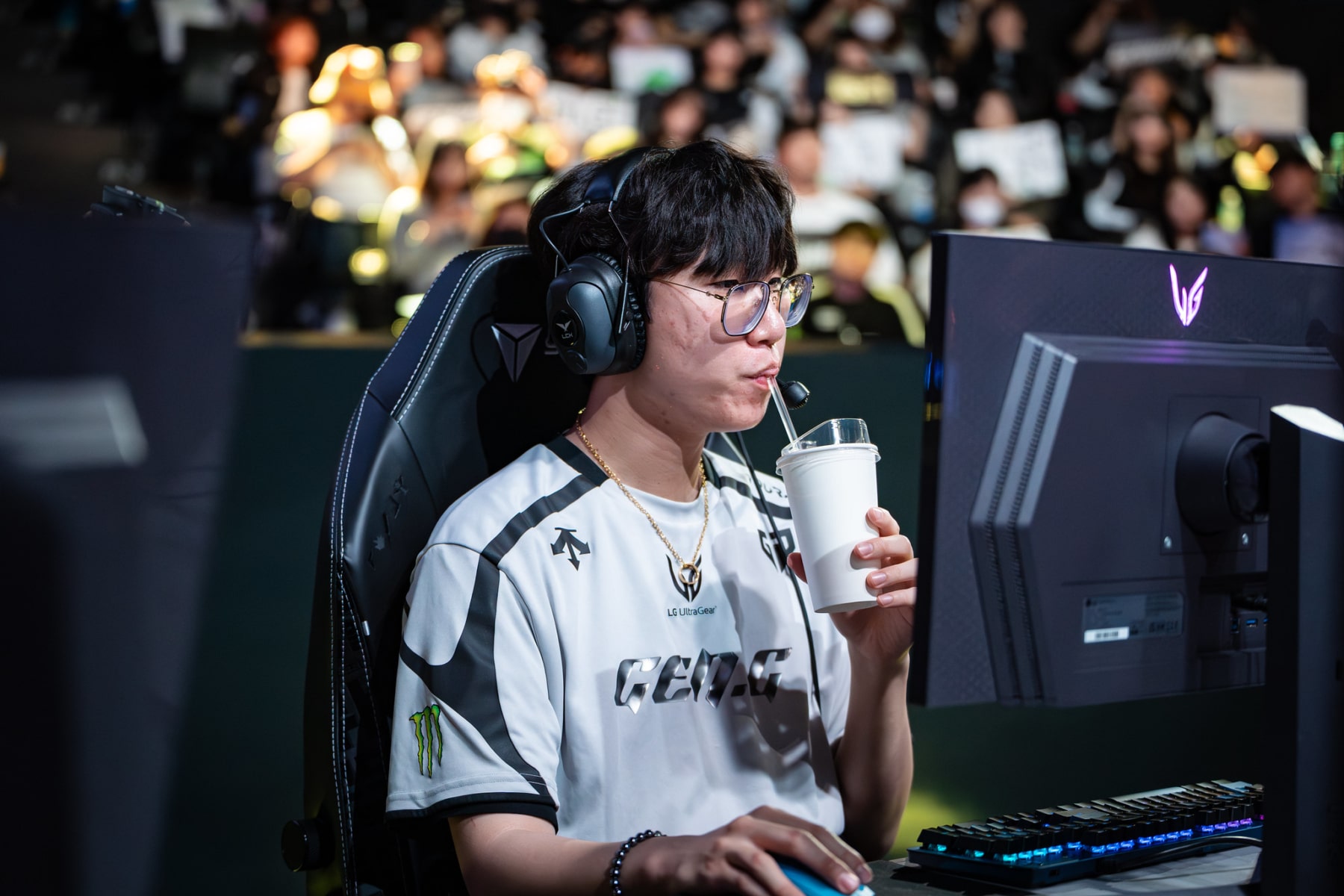K-Pop Demon Hunters and the Travis Scott doc are blowing up on Netflix — and both weirdly similar
Hype culture is all around us. Industries leverage fandom obsession, distribution companies manufacture scarcity, and social media keeps the FOMO fires burning. In a striking bit of timing, Netflix has two new, wildly different titles that echo the same cautionary message about the cult of celebrity: K-Pop Demon Hunters, an animated pop fantasy, and The […]


Hype culture is all around us. Industries leverage fandom obsession, distribution companies manufacture scarcity, and social media keeps the FOMO fires burning. In a striking bit of timing, Netflix has two new, wildly different titles that echo the same cautionary message about the cult of celebrity: K-Pop Demon Hunters, an animated pop fantasy, and The Astroworld Tragedy, centered on the Travis Scott concert that went horribly wrong. Both are blowing up on the most-watched charts, and it’s easy to see why.
K-Pop Demon Hunters blends music and vibrant CG animation to tell the heartfelt story of Huntrix, a girl group carrying on the legacy of legendary demon slayers. Generations ago, their predecessors used the power of song to seal away demonkind behind a barrier called Honmoon, protecting humanity from soul-stealing creatures who serve the dark king Gwi-Ma. Huntrix must balance global stardom with their ultimate duty: to create an impenetrable barrier called Golden Honmoon, which will keep humanity safe forever. However, Huntrix’s lead singer, Rumi, is secretly half-demon and hopes the Hunmoon will rid her of her demonic side. After a world tour, Rumi starts losing her voice, and is afraid her secret of being part demon will be exposed. Meanwhile, Gwi-Ma plots his return by forming a K-pop boy band to siphon fan energy and break the barrier keeping demons from humans.

Within the first 10 minutes of the film, we see Huntrix get into a battle with a legion demon on their private jet, and the scenery transitions to a music video and the battle into a musical, complete with ass-kicking choreography and dance numbers. Amidst the action and bombastic music are funny moments of the girls reacting with over-the-top anime-influenced expressions, physical comedy from the beat-up demons, and situational jokes showcasing the destruction of the aircraft still in mid-air. It leads to them skydiving from the wrecked jet into the arena and continuing their musical number in front of their fans. K-Pop Demon Hunters’ not all style and no substance either, as the lyrics appropriately go hand-in-hand with the visuals and story beats. But its narrative of acceptance is ultimately the heart of the film, and it excels at delivering its message. There may be one or two too many musical numbers, but the film doesn’t suffer for it. However, beneath the flashy choreography and empowering themes lies a sharp critique of idol worship and the frenzy that pop culture feeds.
The entertainment industry — the blur of media conglomerates and talent agencies — thrives on fan obsession because it fuels an endlessly profitable machine. Idol worship isn’t just encouraged; it’s engineered. Every album drop, livestream, or behind-the-scenes clip is carefully designed to deepen the parasocial bond between artists and fans, creating the illusion of intimacy while maintaining a strict power dynamic.
This obsession drives massive revenue streams: from merch and concert tickets to digital exclusives and premium fan experiences. Even fan-driven behaviors — like “shipping” Huntrix and the Saja Boys — stoke inter-fandom rivalries. A viral trend, more intentionally than not, can reinforce the authority of labels and management. Only emotional investment can sell out a 50,000-capacity stadium. In this system, the deeper the fans’ emotional dependence, the more powerful and profitable the idols become. K-Pop Demon Hunters funnels all these ideas into the Golden Honmoon, a clear metaphor for influence over fans and authority above all. The love of the fans is just a means to everyone’s true objective. Rumi and her Saja Boy love interest both want to be rid of her demons, and Gwi-Ma wants to collect souls; they each need the love of the fans for their goals. The fans and balance of the world are secondary.

Trainwreck: The Astroworld Tragedy could not look or feel more different. Featuring firsthand accounts from survivors, security personnel, and first responders, the documentary sheds light on the chaos and missteps that led to the fatal crowd crush that occurred during Travis Scott’s Nov. 5, 2021, concert and resulted in multiple deaths and injuries. Instead of leaning on metaphors and fantasy to demonstrate the power fans give their idols, like K-Pop Demon Hunters, The Astroworld Tragedy shows the real-life consequences of capitalism and the fan mania that drives decisions to put profit over people.
The doc does well to scrutinize the role of key organizers, including Live Nation and Scott himself, exploring how Scott’s brand of high-demand merch drops and boundary-pushing live shows cultivated a devoted, frenzied fanbase also eager to experience the thrill of live music coming out of the COVID-19 lockdown. A harrowing moment in the doc reveals that the live concert concluded 45 minutes after initial reports of crowd crushing, as key individuals at Live Nation decided to extend the performance, especially once Drake joined Scott on stage.
One survivor’s haunting quote in Trainwreck: The Astroworld Tragedy stands out: “It felt like a horror movie, Travis just kept playing.”
In the aftermath, accountability was passed around like a hot potato: Travis blamed Live Nation, Live Nation pointed to city officials, and no one faced legal consequences outside several settlements. Yet just a few years later, Scott and Live Nation launched another massive tour in 2024, which broke records as the highest-grossing solo rap tour in history. Despite the deaths of ten fans and a wave of public outcry, little changed. Where K-Pop Demon Hunters shows idols fighting for the love of the fans to reach an abstract goal, The Astroworld Tragedy showcases that the goal is monetary and that the love fans give these entities isn’t reciprocal; it’s a means to an end. Whether animated fantasy or raw documentary, both works expose how deeply the entertainment industry relies on fandom mania and how it exploits the blind devotion of its audiences for profit. Worst of all, it demonstrates that everything after that, like ravenous behavior, parasocial relationships, exploitation, and public safety concerns, is an afterthought.


























